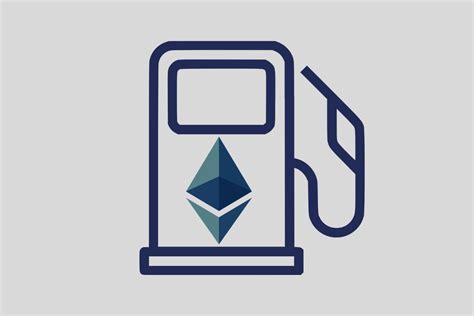I’d be happy to help you with an article on calculating the optimal amount of USDC to add in Uniswap, as well as explaining the concept behind liquidity addition.
Understanding Ethereum and Uniswap
Ethereum (ETH) is a decentralized platform that enables smart contracts and decentralized applications (dApps). Uniswap is a decentralized exchange (DEX) built on the Ethereum blockchain, which allows users to trade cryptocurrencies directly without the need for intermediaries.
In Uniswap, liquidity provides essential functionality. Liquidity providers act as “pools” that hold both ETH and USDC in their vaults, allowing users to borrow these assets against them when needed.
The Concept of Liquidity Addition
When adding liquidity to a pool on Uniswap or other decentralized exchanges (DEXs), you’re essentially creating an additional layer of collateral. This is done by adding two tokens: the ETH that’s being borrowed against and the USDC that’s being held as collateral.
Here’s how it works:
- You need to add liquidity in a specific amount of ETH, say 100 ETH.
- To maintain liquidity, you also need to add matching amounts of USDC:
* $100 ETH = $100 USD (USDC) + $0 USD (ETH) corresponding to the ETH being borrowed.
Calculating the Optimal Amount
To determine how much USDC you should aim for when adding liquidity in Uniswap, follow these steps:
- Determine your required amount of ETH: This is the amount of ETH that needs to be borrowed against by others.
- Calculate the equivalent amount of USDC needed: To maintain liquidity, you need to add matching amounts of USDC:
* $100 ETH = $100 USD (USDC) + $0 USD (ETH) corresponding to the ETH being borrowed.
Example:
- Required ETH: 100 ETH
- Equivalent USDC: $100 USD (USDC) + $0 USD (ETH) corresponding to the ETH being borrowed
Adding Liquidity in Uniswap

To add liquidity, you’ll need to deposit the required amount of ETH and a matching amount of USDC into your Uniswap account. This ensures that there’s sufficient collateral available for borrowing.
Conclusion
In conclusion, adding liquidity to a pool on Uniswap requires balancing the amount of ETH being borrowed against by others with an equivalent amount of USDC. By following these steps, you’ll be able to determine how much USDC is required when adding liquidity in Uniswap.
Please note that this article provides general guidance and is not intended as investment advice. Always conduct thorough research and consider your own risk tolerance before making any cryptocurrency investment decisions.